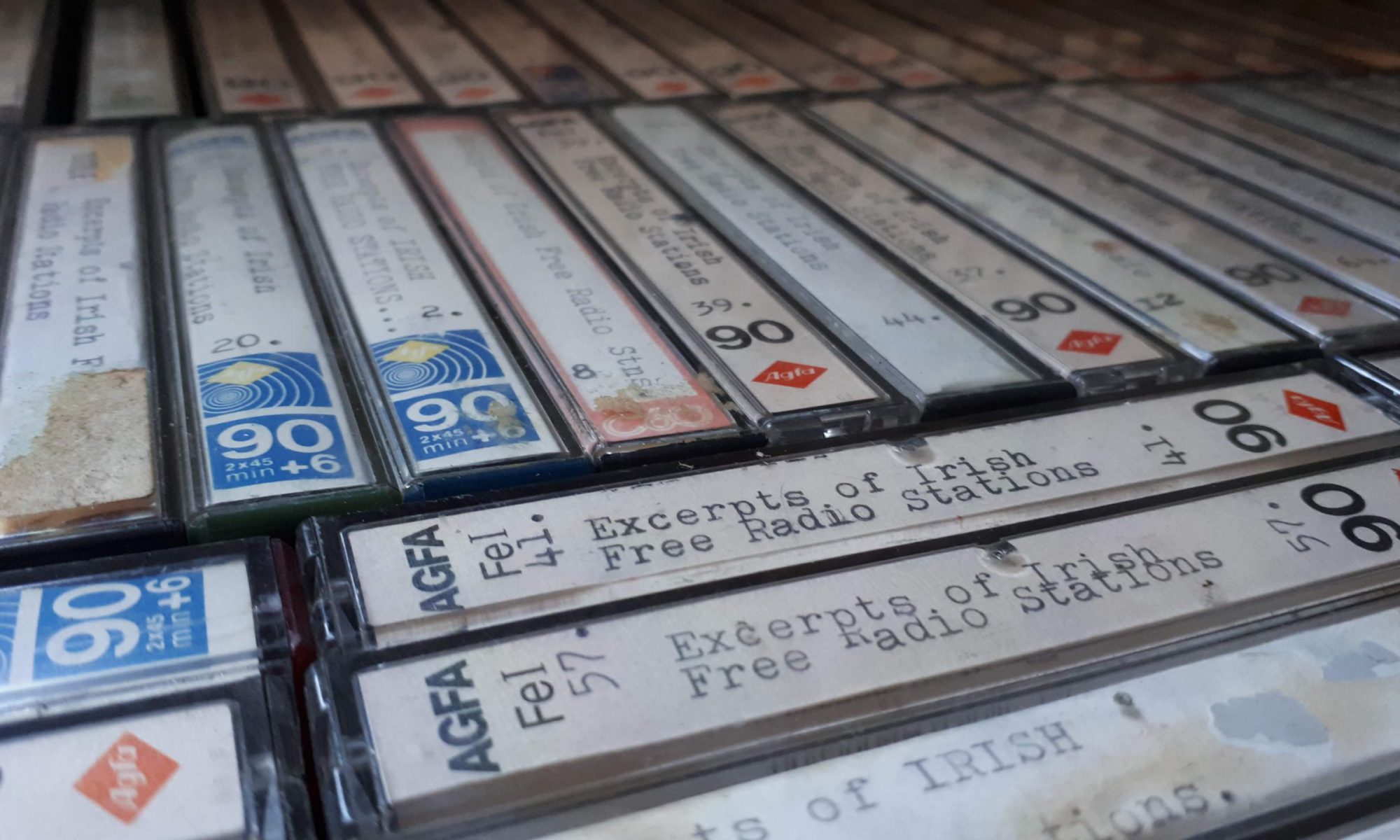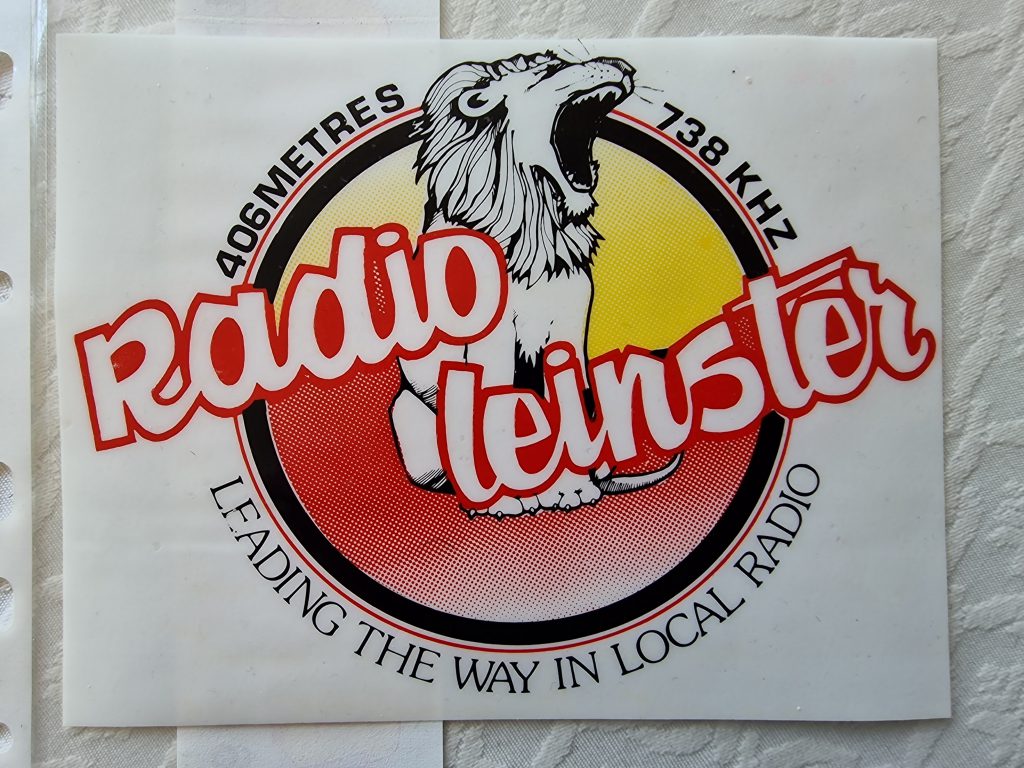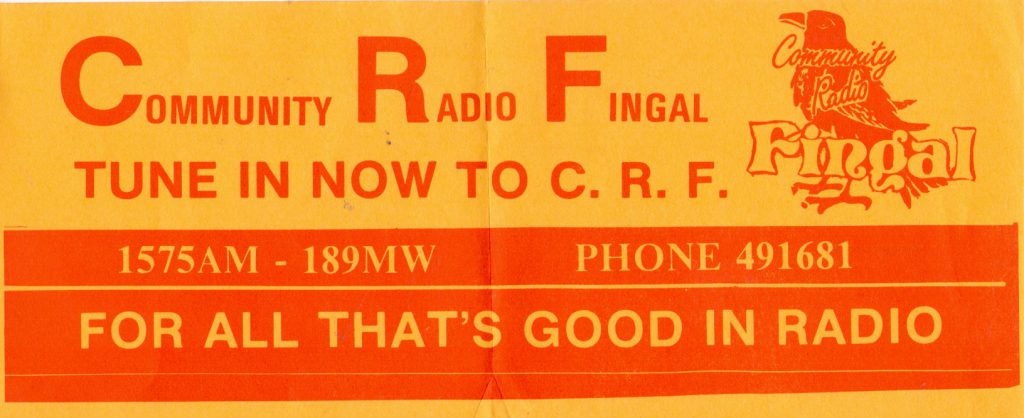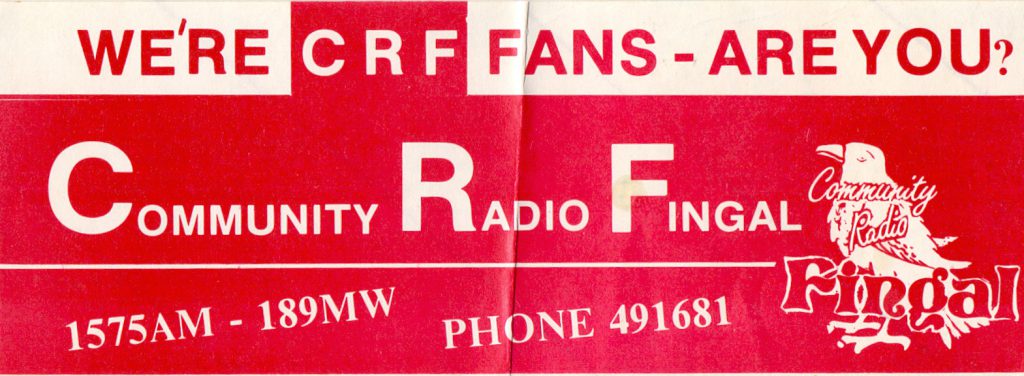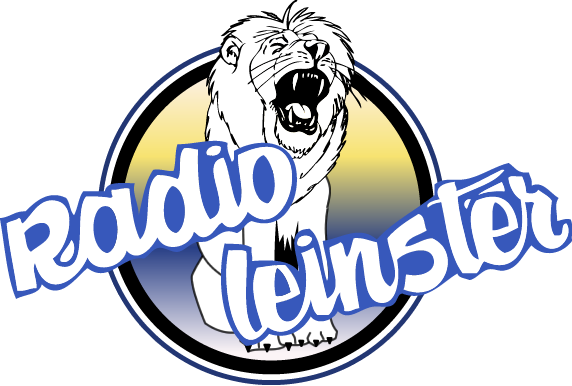Podcast: Play in new window | Download
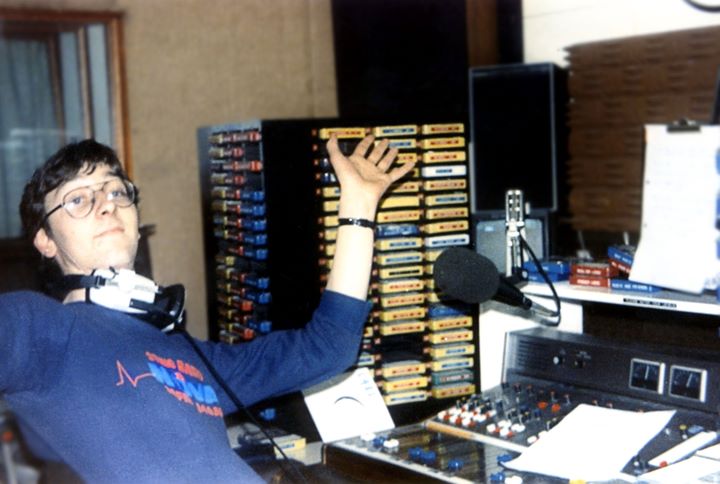
This is a recording of Colm Hayes on his Saturday afternoon show on 9th October 1982 from 1530-1609. Ads include the Sunday World newspaper, the Nova Country Club in Rathfarnham and the Savoy Cinema. Bryan Dobson, who went on to become one of RTÉ’s best-known journalists, voices an ad for pub lunches. There are sports results during Colm’s show and again after the 4pm news which is read by Cogey Clarke.
This recording was made from 88 FM near Belfast and hence the slight hiss, but it shows how far the Nova FM signal travelled in those days. We thank Paul Buckle for this donation.
